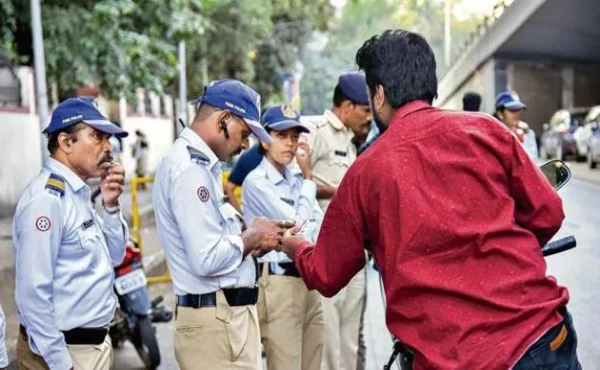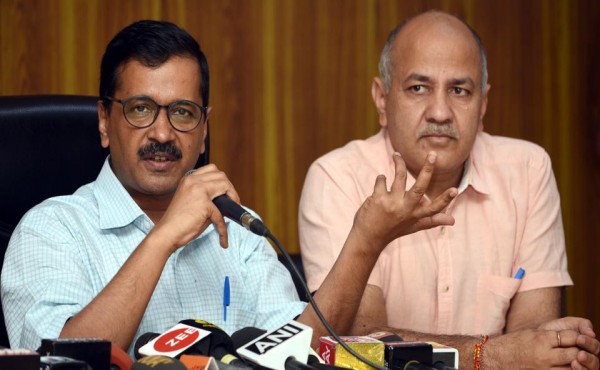Trial by Media: Influential or a direct hit on person’s reputation?
Dated: August 23, 2020
- By Megha Bhatia
Media is deemed as one of the foundations of society, while the judiciary is solely responsible for providing Justice. Both have their duties and their role which is quite significant. Yet the problem begins when they are not able to bring a balance between themselves. Press plays a very important function in influencing society’s view, which can totally alter a person’s mindset.
India, like many other jurisdictions under common law, has adopted an adversarial structure which regulates criminal proceedings. The obligation to try vests in the State while the victim retains the ability to protect himself against all the accusations levelled against him. The accused is still deemed innocent before he is proven guilty beyond reasonable doubt, the responsibility of which falls squarely on the prosecution. However, it is a well-established fact that the right to a fair trial comes under the umbrella of fundamental rights enshrined in the Constitution of India.
Evolution of Media
The Freedom of Press is of utmost importance and is a fundamental right under the ambit of Freedom of Speech and Expression that is enshrined in Article 19(1)(a) of our Constitution. For every functioning society, the media is identified as the fourth pillar of the society and it is also viewed as a monitor that holds an eye on the state’s traditional organs, and its role is to keep the people aware and updated about the local as well as global trends.
Interestingly, the last few decades has seen a transformation of knowledge distribution – from historically receiving news through print or radio to transmitting news sources that evolved with the emergence of modern media with the implementation of television and satellite networks. In addition, the internet has played a revolutionizing function with the advent of social media in which billions around the globe express their thoughts and views across numerous social networking and world-wide viewing channels.
The history bears testimony to many events that might have been subject to a practice widely called a media trial. In the most horrific or mysterious cases, or also supposed scandals that were believed to have gained government influence in regime across the globe, the tragic death of a person has always come under extreme public attention and examination.
The prominent and much known case of K.M. Nanavati, which is over half a century old but yet continues to be a favourite amongst aspiring law students was a classic example of a media trial. Russian Karanjia, the editor of Blitz, a Bombay-based tabloid (as it was then), vocally built favourable popular sentiment in favour of the accused and in turn depicted the victim as the real culprit in this episode of murder, so much so that it ultimately persuaded the judges of the jury in the court to consider the accused not guilty! However, this decision was ultimately dismissed, and consequently the Bombay High Court considered the accused liable and sentenced him, whose sentence was later on affirmed by the Supreme Court.
Findings of Supreme Court
The Supreme Court of India has repeatedly stressed the role of media in a democracy, and the value of preserving freedom of speech and expression, as well as freedom of press. The Supreme Court, however, has also emphasized the need for media to pursue balanced reporting in the pursuit of their constitutional rights.
In Santosh Kumar Shashibhushan Bariyar v. State of Maharashtra, the Supreme Court held that popular sentiment could run contrary to the rule of law and constitutionalism, taking into consideration the risks of capital punishment being a spectacle before the media and that if a media trial became feasible, then media sentencing could not be avoided.
In an another case of S. Kushboo v. Kanniammal & Anr., the Supreme Court’s Three-Judges Bench observed that it was important that electronic and print media perform a constructive function in reporting to the public what really occurred during a trial, but would not be advertised in such a manner as to obtain attention for its own paper or television channel.
It is also particularly important to remember J. Chandrachud’s dissent in Romila Thapar v. Union of India, which holds that the executive’s usage of electronic media would not only subvert a reasonable inquiry but would also control and exploit popular sentiment, and would eventually be accompanied by a media tribunal. The dissent resonates strongly with John Grisham’s quote: “Why bother with a Trial? If the cops can't convict with evidence, they use the media to convict with suspicion.”
Trial by Media
On August 21, 2020 Additional Solicitor General of India and Senior Advocate Madhavi Divan gave her views on the topic of ‘Trial by Media’ at a webinar hosted by J Ravindran Advocates.
Her speech involved explanations of case law which centred mainly on the question of the thin line between responsible reportage and the accused's right to a free and fair trial. Advocate Divan found that the distinctions between the two become blurred when social network sites are being used increasingly. She talked about how, as compared to editors and reporters in media houses, individuals expressing their freedom to free speech and opinion digitally cannot be presumed to be fact-checkers. The views shared online, she pointed out, may possibly be incorrect.
Moving on to television media, she spoke of the TRP-driven nature of TV news, which provided news to their respective audiences with sensational facts, especially news regarding murders and related crimes.
Talking directly on how media coverage of evidence could affect a case's prosecution, she talked about the result of the R K Anand case, the Nitish Katara and Manu Sharma cases to illustrate the need for good investigative journalism. On the other hand, the Nanavati Murder and the Aarushi Talwar homicide cases were highlighted to underscore the implications of sensationalised media coverage on a fair trial.
Senior lawyer Divan also commented on the press reports of Bollywood star Sushant Singh Rajput’s recent demise, which, she observed, ignited a surge of ‘hysteria.’ Divan observed, pointing to this and related events, “This ends up like a veritable media circus. The difficulty has been exacerbated with social media coming to the centre stage... it Is so easy to whip up and drum up support for one side or the other side and to paint a particular narrative.”
Divan identified the opinions fostered as a result of such insanity as “parallel expectation of justice that the case must have a certain outcome.” She cautioned against fostering these assumptions, pointing out that a judge might conclude that the conviction points in a specific direction after reviewing hard evidence.
She also talked of reporting on cases pending before courts with regard to Contempt of Courts Act. The Act does not prohibit coverage on a case awaiting disposal but the Sahara case guidelines of the Supreme Court require judges to limit media reports on certain important cases.
In conclusion, she expressed her thoughts on the proposal to live telecast court proceeding, which supporters argue will protect against unbalanced reporting and require direct access to court trials without even needing to physically enter courts. “Ultimately we must ensure that while the public gets access to open justice, it should not be degenerating into a publicity contest. That's also very important for the purity, integrity and efficiency of the justice delivery system”, she added.
Following the completion of her speech, there was a short Q&A session during which she fielded questions on investigative journalism and the propensity of a media trial to become contempt of court.
Conclusion
The media has always remained in the forefront and have been very influential in keeping the public aware about all the recent acts. In fact, investigative journalism has taken many cases of corruption and wrongdoings to the limelight over the years that set the framework for criminal justice in motion.
At the same time, in cases such as Priyadarshani Matoo and Jessica Lal, where acquittals were issued amid clear proof against the convicted, which were eventually overturned by the High Court and confirmed by the Supreme Court, one must never overlook how the media is influential in exposing the blatant injustice perpetrated by the trial courts.
Given the media’s hysteria and sensationalism, however, due consideration has to be taken to maintain fair coverage. There is a very fine distinction between the freedom of speech and opinion enjoyed by the government and an individual’s right to live that falls under constant public scrutiny. The media must insure that although it operates to keep people updated, it should not transcend the lines to manipulate an inquiry and intervene with justice policy.
Top Stories
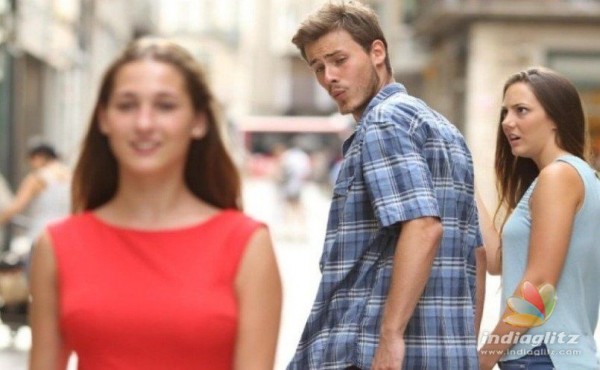
Adultery no longer a Criminal offence says Supreme Court...
September 29, 2018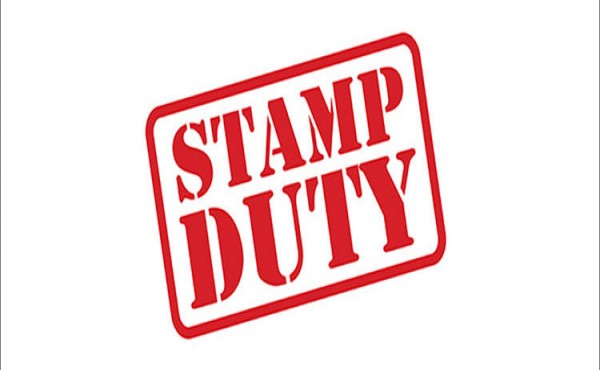
Stamp Duty on transfer of Shares and Debentures
September 14, 2018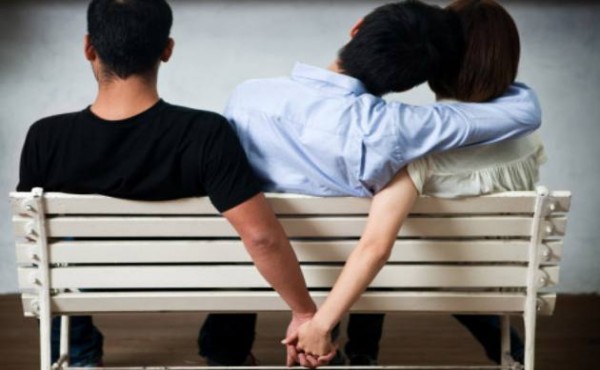
Are Adultery Laws Biased in India
August 13, 2018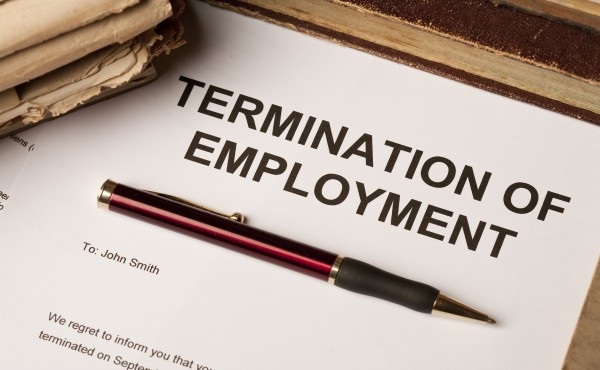
DISMISSAL, DISCHARGE, TERMINATION AND RETRENCHMENT OF AN...
September 14, 2018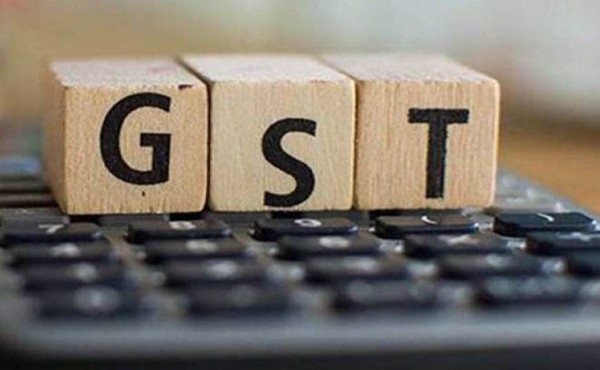
What are HSN and SAC codes in GST? What is the differenc...
April 28, 2020